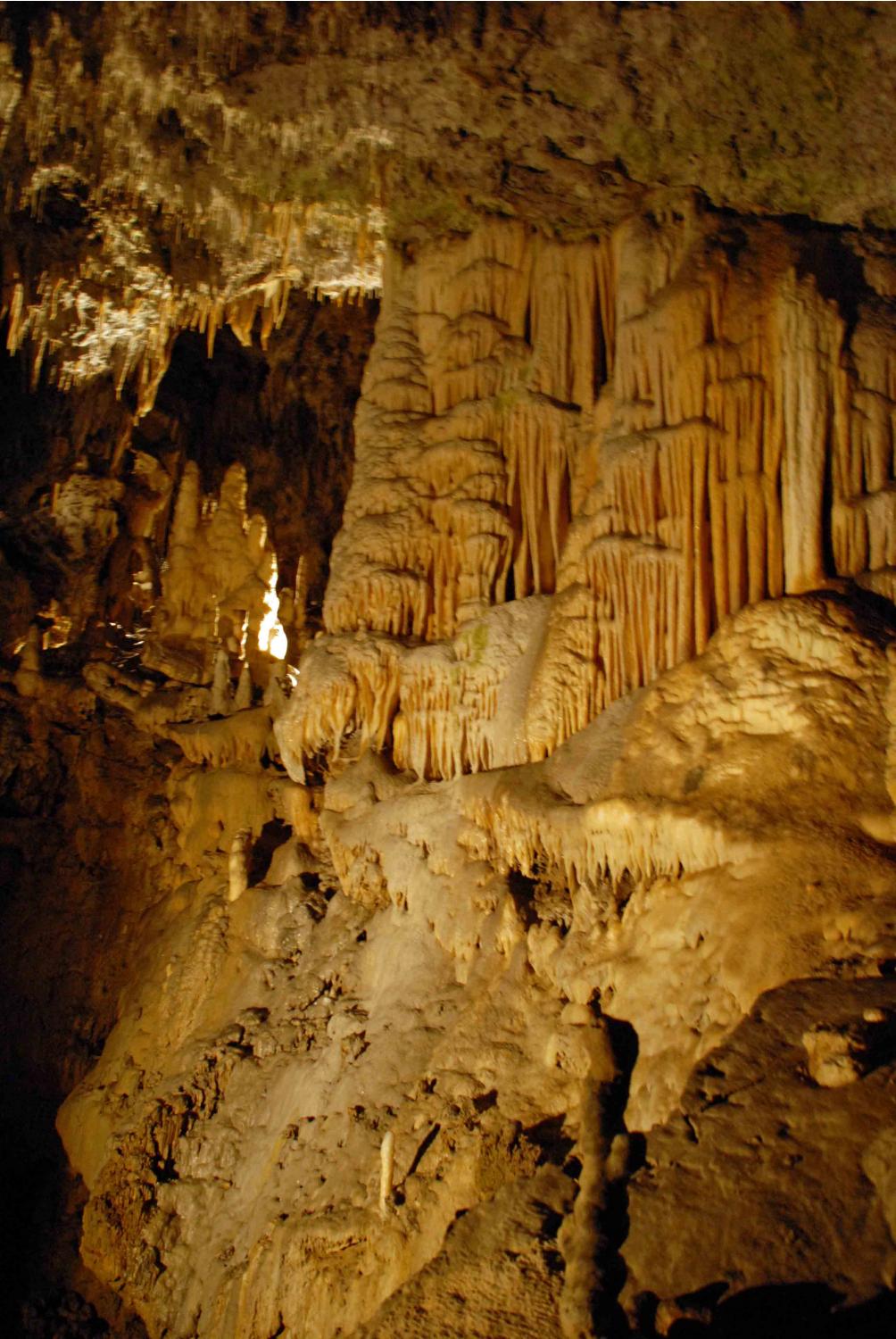
-
 Thank you for your method for mincing jalapeno peppers. I use it!
Przez:domowypatchwork 29Dec2020
Thank you for your method for mincing jalapeno peppers. I use it!
Przez:domowypatchwork 29Dec2020 -
 Thank you!
Przez:domowypatchwork 29Dec2020
Thank you!
Przez:domowypatchwork 29Dec2020 -
 Inka is our chickory coffee. I think that you can use any kind of coffee ...
Przez:domowypatchwork 29Dec2020
Inka is our chickory coffee. I think that you can use any kind of coffee ...
Przez:domowypatchwork 29Dec2020 -
 What a wonderful idea! I will make this with blackberry preserves, without the ...
Przez:Andrea 23Dec2020
What a wonderful idea! I will make this with blackberry preserves, without the ...
Przez:Andrea 23Dec2020 -
 This fish soup looks delicious!
I love soup.
Przez:Andrea 22Dec2020
This fish soup looks delicious!
I love soup.
Przez:Andrea 22Dec2020
Postojna Cave.
We have visited the picturesque Slovenian Postojna Cave a few times now. Every time however we have discovered something new for us in this Pivka river creation.
When you travel with kids, this trip may be uniquely interesting, as apart from the beautiful chambers an additional attraction is the pretty fast journey by underground railway, thanks to which the visit is not so bothersome. You have to remember to take warm jackets or sweaters for the kids. It is rather cold in the cave (around 8 C) and the fast ride intensifies this feeling. Travelers who remember warm clothes will not tremble with cold. For a small amount of money they can rent warm long coats similar to those worn by Polish Podhalański Shooters (Polish Infantry Units). The guides speak Slovenian and basic foreign languages. It is worth renting audio guides, which are available in a lot of languages. It makes visiting this place much easier, and you may concentrate on its beauty without missing any details. The guides' information is short, straightforward and interesting enough that my little traveler listened to it with great attention. Using the guides is trouble-free as well.
The cave was opened for tourists at the beginning of the XIX century. The tourist path is 5 km long, but we only managed 1.7 km on foot - the rest of the so-called Old Passage we travelled by train. The passages have low ceilings and the walls are often very close to the sides of the carriage, so the guides asked us many times not to stand up, lean out or take selfies.
Equipped with audio guides we wandered, marvelling at the unique and beautiful creations formed by water. Around us there were plenty of surprising rocky formations, dripstones, stalactites, stalagmites and rocky curtains. Some of them so thick and huge that it is difficult to imagine how long it took for something like that to form; others were so narrow that they were like icicle-noodles hanging from the ceiling like wrinkled material. We passed by the Ballroom and climbed the Big Mountain to enter the deeper parts of the cave via the Russian Bridge. The most visible colors in the cave are orange and red. You may see some black or white forms as well. The colors depend on the minerals which are washed out by the water flowing over the rocks. The white is visible due to pure calcite, which does not contain any other elements. The white dripstones are strikingly similar to glittery ice.
We spent a while in the Diamond Passage, where we were able to contemplate the best-known snowy-white stalagmite called Diamond. It is the symbol of the cave, and my children decided that it looks like two big ice-cream scoops in a sweet cone. The most surprising thing is that it is the only one white element in this place. All the other forms are grey or orange-grey.
In its current form the cave has been accessible for tourists since the XIX century. The earliest signs of the presence of man were carved on the walls of this unique place in the XIII century.
It is worth observing that by the entrance to the cave the walls are visibly charred. This is proof of the action of Slovenian guerrillas, who in 1944 blew up the German fuel yard which used to be there. Apparently, after this action, the black smoke plumed from the cave for more than a week.
Over 130 species live in the cave. One of them - an undisputable attraction of the cave - is a little creature called cave mutant or human fish. During our last visit we could only listen to some information about this creature and look at photos. This time in huge aquariums in the cave we were able to see a living cave mutant. Its appearance is not too striking. This almost white, blind and tailed amphibian is apparently a predator, but when we observe its almost inactive lifestyle it is difficult to imagine it hunting. A fun fact is that it may live without food even for 10 years.
We were positively surprised by the ticket selling organisation. Even before entering the ticket office we were informed about all the opportunities and ticket options. We could see only the cave or also the vivarium, museum exhibition and Predjama Castle. We made our decision on the way to the ticket office, and thanks to this we only bought tickets at the till instead of wasting time discussing the various options and making other people in the queue wait longer. For Predjama Castle, which is 10 km away, you may find organized toll-free transportation.
The tickets are not cheap, but if you ever have the opportunity to see this beautiful karstic formation, you definitely should do it.
I do recommend it!












